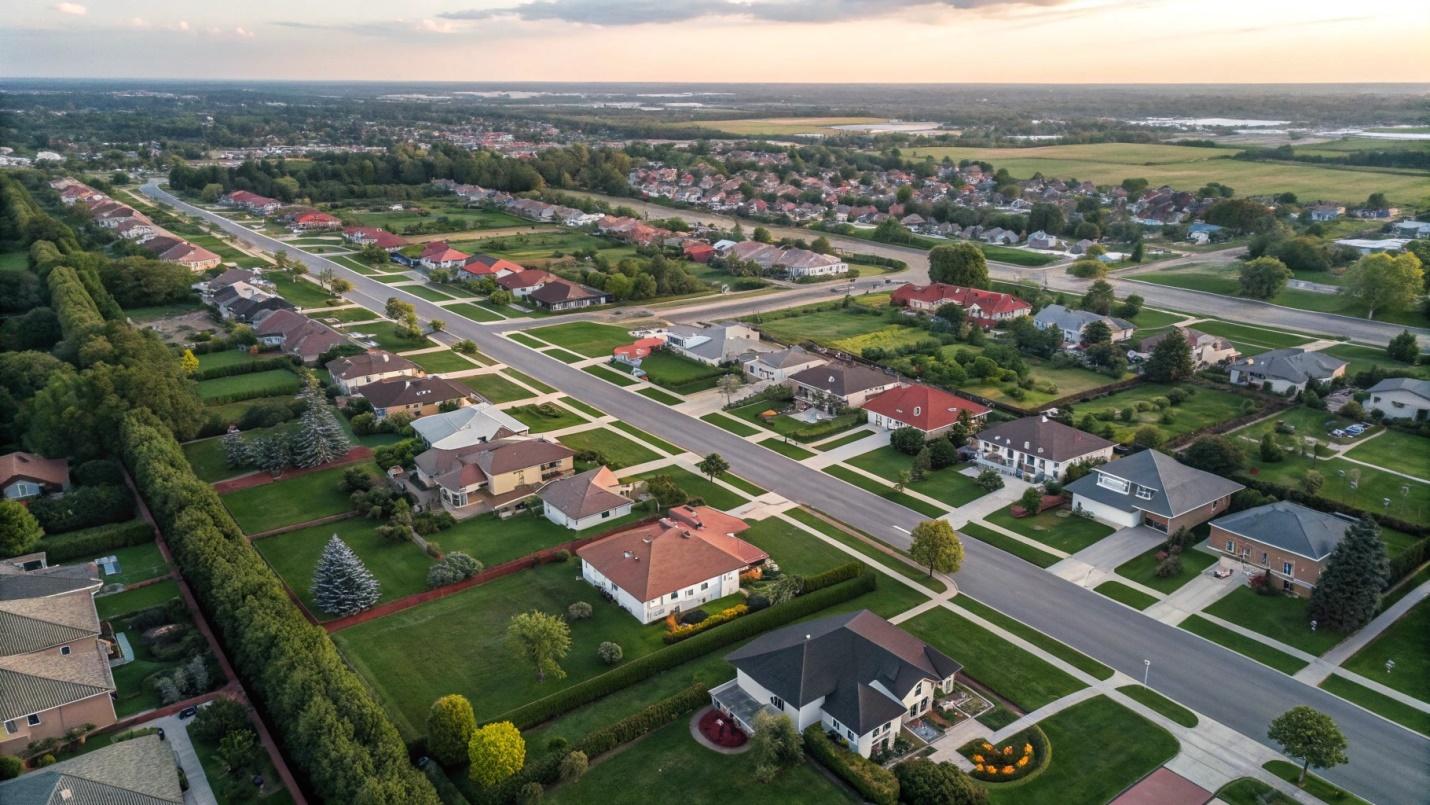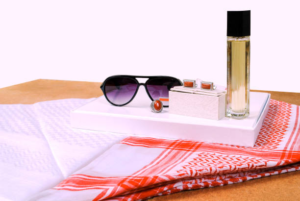Walking Foot Sewing Machine Feet An Essential Guide
Sewing is an art and skill that requires precision, patience, and the right tools. One of the most versatile and helpful tools in any sewing kit is the walking foot. While traditional sewing machine feet may be sufficient for many basic tasks, the walking foot becomes an indispensable tool for sewing more complex projects, particularly those involving multiple layers of fabric, delicate or slippery materials, or quilting. Whether you’re a beginner or an experienced sewist, understanding the walking foot sewing machine feet can drastically improve the quality of your work and expand your creative possibilities.
In this article, we’ll explore the walking foot in detail, including its types, uses, benefits, and why it’s such an essential tool for various sewing projects.
What is a walking foot sewing machine feet?
A walking foot is a specialty presser foot attachment for a sewing machine. It is designed to help feed the fabric evenly through the sewing machine during stitching. Unlike standard presser feet, which only press down on the top layer of fabric, the walking foot uses an additional set of feed dogs (feed teeth) to move the fabric from the top. This helps to prevent the top and bottom layers of fabric from shifting at different rates, which is especially useful when working with thick, slippery, or multi-layered fabrics.
In essence, the walking foot sewing machine feet acts as a second set of feed dogs, working in harmony with the machine’s standard feed dogs to ensure uniform fabric movement, resulting in perfectly aligned seams. The walking foot is commonly used in quilting, but it can also be extremely helpful in garment construction, upholstery, and home décor projects.
How Does a Walking Foot Work?
The walking foot operates in sync with the sewing machine’s feed dogs. Standard sewing machine feed dogs only pull the bottom layer of fabric, while the walking foot attaches to the top of the fabric and moves it in sync with the machine’s feed dogs. This mechanism allows both layers of fabric to move at the same rate, preventing the top layer from shifting while the bottom layer stays in place.
The walking foot has a set of feed dogs built into the foot itself, which feed the fabric evenly along with the machine’s regular feed dogs. This design prevents puckering, stretching, and shifting, which can occur when sewing multiple layers of fabric, particularly with thicker materials like denim, leather, or velvet.
Benefits of Using a Walking Foot
The walking foot offers numerous benefits, making it a must-have for certain types of sewing projects. Here are some of the primary advantages:
- Even Feeding of Fabrics: One of the main advantages of the walking foot is its ability to feed multiple layers of fabric evenly. This is particularly beneficial when working with thicker or multi-layered fabrics that might otherwise shift, causing uneven seams or puckering. It ensures that all layers move through the walking foot sewing machine feet at the same rate, preventing misalignment.
- No Fabric Bunching or Shifting: Fabrics like velvet, corduroy, knits, or stretch fabrics tend to stretch or shift as they are sewn, resulting in seams that don’t line up properly. A walking foot helps control this by feeding the fabric consistently, preventing unwanted movement and puckering.
- Improved Quilting: Quilting projects, especially those involving multiple layers of batting, backing, and fabric, can be challenging without a walking foot. It allows quilters to sew through multiple layers of fabric and batting with greater ease, reducing the risk of uneven stitching or shifting of the layers.
- Precision with Heavy Fabrics: When sewing through thick fabrics like denim, canvas, or upholstery materials, a walking foot helps ensure that all layers of fabric are fed evenly through the machine, preventing issues like fabric bunching, shifting, or misalignment. This is crucial when working with heavyweight or tough materials that require additional care.
- Better Stitch Quality: The even feeding of fabric contributes to a smoother, more professional finish. The reduced risk of fabric bunching, stretching, or misalignment means that the stitch quality will be higher, which is especially important for projects that require a polished, finished look, such as garment making or quilting.
- Eliminates Fabric Warping: The walking foot minimizes the risk of warping, especially when working with stretchy fabrics or delicate materials like chiffon or satin. This is because it keeps both layers of fabric moving evenly through the sewing machine, preventing them from being pulled unevenly.
Previous article; How to Replace the Power Cord Toshiba Tv Model 55c150ku
Types of walking foot sewing machine feet
There are several different types of walking feet available, each designed for specific sewing needs. While the basic walking foot is perfect for general use, more specialized versions of the walking foot are available for more advanced projects, such as quilting or sewing with tricky fabrics.
- Standard Walking Foot: The standard walking foot is a general-purpose foot that works with a variety of fabrics. It is suitable for most sewing projects, such as garment making, home décor, and quilting. It provides consistent feeding for both lightweight and heavier fabrics, ensuring that your layers are evenly stitched together. The standard walking foot is essential for anyone who sews frequently with thicker materials or multi-layer projects.
- Dual Feed Walking Foot: Some higher-end sewing machines come equipped with a dual feed system, which is a built-in walking foot sewing machine feet. The dual feed foot works in a similar way to a standard walking foot, but it uses the machine’s internal dual-feed system, which helps evenly feed the fabric from both the top and bottom. This system is especially helpful when working with delicate fabrics or precise stitching.
- Quilting Walking Foot: The quilting walking foot is a specialized version of the standard walking foot, designed to make the process of quilting easier and more precise. It often includes additional features such as a guide to help with straight-line quilting or stitching in the ditch. This foot allows quilters to sew through multiple layers of fabric and batting, which is essential when working with quilts.
- Open Toe Walking Foot: The open-toe walking foot is a variation that has a wider opening around the needle, providing better visibility for the user. This makes it ideal for decorative stitching, appliqué work, or when you need to see your stitches clearly. The added visibility helps you make precise adjustments and ensures that your stitches are even.
- Walking Foot with Built-in Guide: Some walking feet come with a built-in guide that helps sewists maintain consistent seam allowances or straight lines. This is a helpful feature for quilters or those working on precise garment construction, as it ensures that each seam is evenly spaced, making the finished project look more professional.
- Ruler Foot Walking Foot: The ruler foot walking foot is designed specifically for quilters who use rulers in their quilting projects. It has a high-profile design to ensure that the quilted fabric can slide under the ruler without interference, allowing for more precise and controlled quilting. This foot is particularly useful for free-motion quilting and quilting with rulers.
How to Install and Use a walking foot sewing machine feet
Installing and using a walking foot may seem intimidating at first, but with a little practice, it becomes easy. Here’s a step-by-step guide on how to install and use a walking foot:
Step 1: Attach the Walking Foot to Your Machine
- Turn off your sewing machine to prevent any accidental movements.
- Remove the regular presser foot from your machine by pressing the presser foot lever.
- Attach the walking foot by snapping it onto the presser foot holder, making sure that the walking foot is securely in place.
- Some walking feet require you to attach a special screw or pin to secure it properly, so ensure that all components are attached according to the manufacturer’s instructions.
Step 2: Adjust Your Machine Settings
- Set your foot sewing machine feet to a straight stitch or a zigzag stitch, depending on your project.
- Adjust the stitch length and tension according to the fabric you are using. In general, you will want to use a slightly longer stitch length when using a walking foot.
- If your walking foot has a built-in guide, adjust the guide to the desired seam allowance.
Step 3: Begin Sewing
- Position your fabric under the presser foot, ensuring that both the top and bottom layers are aligned.
- Gently lower the presser foot and begin sewing at a slow speed, guiding the fabric through the machine.
- Let the walking foot feed both the top and bottom layers of fabric through the machine evenly as you sew. Be sure to keep a steady pace, allowing the walking foot to do its job.
Step 4: Finish the Project Once you’ve completed your sewing project, remove the walking foot, and trim any excess threads. Inspect your stitches to ensure they are even and that the fabric is feeding correctly.
Conclusion
A walking foot sewing machine feet is an indispensable tool for any serious sewist. Whether you’re working on quilting, garment making, upholstery, or any other project involving multiple layers of fabric, the walking foot ensures that your fabric feeds evenly through the machine. It prevents fabric shifting, bunching, and puckering, providing smooth, consistent stitches every time.
With various types of walking feet available, from the basic walking foot to specialized versions for quilting and ruler work, there’s a walking foot to suit every need. Once you’ve added a walking foot to your sewing kit, you’ll find that it significantly improves the quality of your work and opens up new possibilities for advanced sewing projects.
If you’re serious about sewing with precision, especially on heavier or multi-layered fabrics, investing in a walking foot will be one of the best decisions you make for your sewing journey.











Post Comment